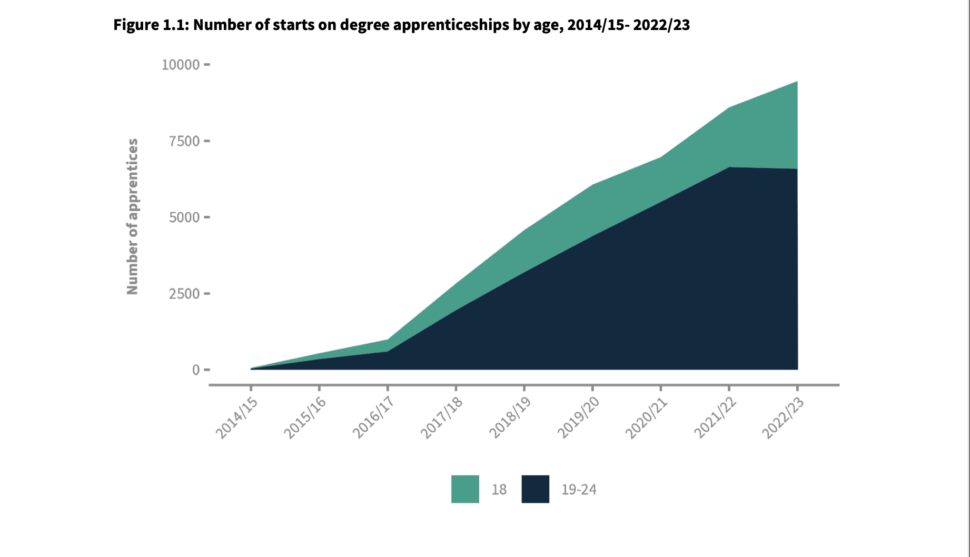In Westminster and beyond, Alan Milburn has earned his reputation for telling uncomfortable truths when few want to hear them. I’ve known him for many years and have seen that fearlessness in action.
Under his leadership, between 2012 and 2017, the social mobility commission became a force to be reckoned with. He confronted powerful elites and elusive prime ministers alike in trying to level the country’s deeply unlevel playing field of opportunity. When the government failed to back his work, he resigned on principle.
Raised by a single mother on Tyneside, Milburn’s first political activism came from fighting for shipbuilding and steel jobs. That early grounding has never left him – which makes him the ideal person to lead a new review into what is increasingly a national crisis of opportunity. Nearly one million young people are not in education, employment or training (NEET).
As someone who dropped out of school myself before returning to retake A-levels, I know how it feels to be an outsider. I was lucky: teachers, friends and family gave me a second chance. Many of the young people now labelled “NEET” will never get that chance. I also happened to have an academic bent. This meant I could fit into an education system that valued above all else performance in narrow academic assessments.
If this review is to make a lasting difference, Milburn must challenge three powerful orthodoxies that have long derailed solutions to one of social mobility’s seemingly intractable problems.
The first trap is the deficit approach that still dominates so much national policy. Even the term “NEET” sounds more like a disease to be cured than a description of young people’s lives. Labelling them by what they are not doing defines them as failures rather than as individuals with strengths and futures.
The equity approach I advocate starts from a different place: standing in the shoes of the young people we aim to serve. It asks how we can better understand what they offer, what needs to change in our institutions, and how we can work together.
It’s so tempting for politicians to slip into the blame game. See for example the debate over the underachievement of “white working-class boys”. Too often from the national stage we pathologise the communities we have failed in the past. The problem isn’t necessarily that these young people don’t value education – it’s that our system hasn’t valued them.
So, one simple step: let’s change the language. Instead of “NEETs”, talk about young people in transition, those seeking next opportunities, or those facing barriers to participation.
We also need to look at the bigger picture. The review rightly focuses on the growing mental health emergency among younger generations. Rising anxiety and hopelessness are inevitable when the old life model that guided previous generations – work hard in education, get a stable job, buy a home – has broken down.
Tackling this demands more than therapy sessions or attendance drives; it requires rebuilding a sense of purpose, belonging and opportunity for a generation who feel the system no longer works for them.
My research for the Monday Charitable Trust found that half of those failing to reach a standard pass in English and maths at 16 had already fallen behind by age five. Their trajectories were shaped as much by socio-emotional skills as academic development. Low skills are passed down from one generation to the next. These are structural, intergenerational problems, not short-term policy gaps.
Finally, the review can do something governments rarely manage: breaking down the policy silos. For too long, we’ve treated education, employment and health as separate domains when they are deeply connected. The danger now is “initiativitis”: a flurry of disconnected reforms – the curriculum review, the youth guarantee, the white working-class review – without a unifying vision.
Milburn has never shied away from asking the hard questions. I hope his review will do just that: forcing us to confront the deep issues that threaten to scar a whole generation.


